Image Quality
So the big question: did Zeiss succeed in packing outstanding optical quality into a small package? The answer is an unqualified YES. As you’ll see in the images and in my description, the Loxia 21mm is a phenomenal optic.
Sharpness
For landscape shooters, having an ultra-wide that provides excellent edge to edge sharpness is of great concern, and the Loxia 21mm delivers in spades. The lens is very sharp across almost the entire frame right from f/2.8. Just a hint of edge and corner softness shows at this aperture. Stop down a bit and the Loxia 21 sharpens up to produce truly excellent sharpness from extreme corner to extreme corner. It’s remarkable to see that level of performance in a lens this wide. When I reviewed the excellent Fuji 14mm f/2.8 (which has the same angle of view as this lens, as it’s an APS-C lens), I remarked that it was the finest wide-angle lens I’d ever used. I directly compared the two, and one thing was immediately clear: the Loxia is sharper. Notably so at wide apertures, but it even outresolves it in the corners stopped down.
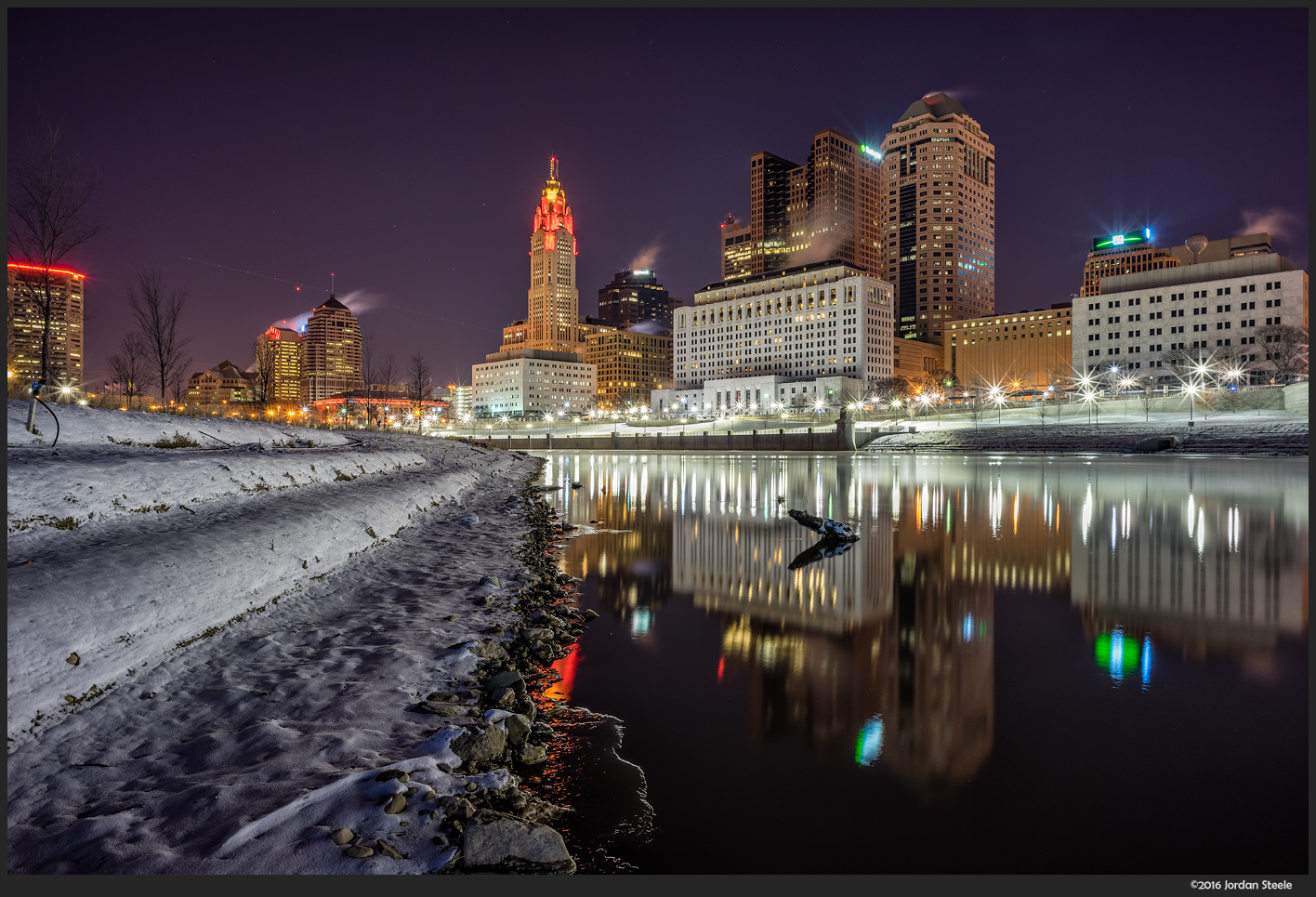
There is one thing of special note: the lens does exhibit some field curvature at landscape focus distances (though I found the field to be rather flat when focused between around 4 feet and closer). In most cases, it’s not a big deal, though if you want critically sharp edges at infinity focus, you’ll need to focus to the hard infinity stop (with slightly reduced center performance). When focused for maximum front to back sharpness in the frame, you’ll have outstanding closer field sharpness at the edges and amazing center sharpness at infinity, but the edges at infinity will show some minor softening. However, I found this to be very minor in actual field use, but it’s something to be aware of as you shoot.
Bokeh
You wouldn’t think that bokeh would be a major concern with an ultra-wide lens, but for close-up work, the Loxia 21mm can definitely create plenty of blur. The bokeh of the 21mm f/2.8 is actually fairly good. Specular highlights are neutral and while the bokeh is high in contrast, it falls short of nervous, creating a predominantly pleasing rendition of out of focus areas.
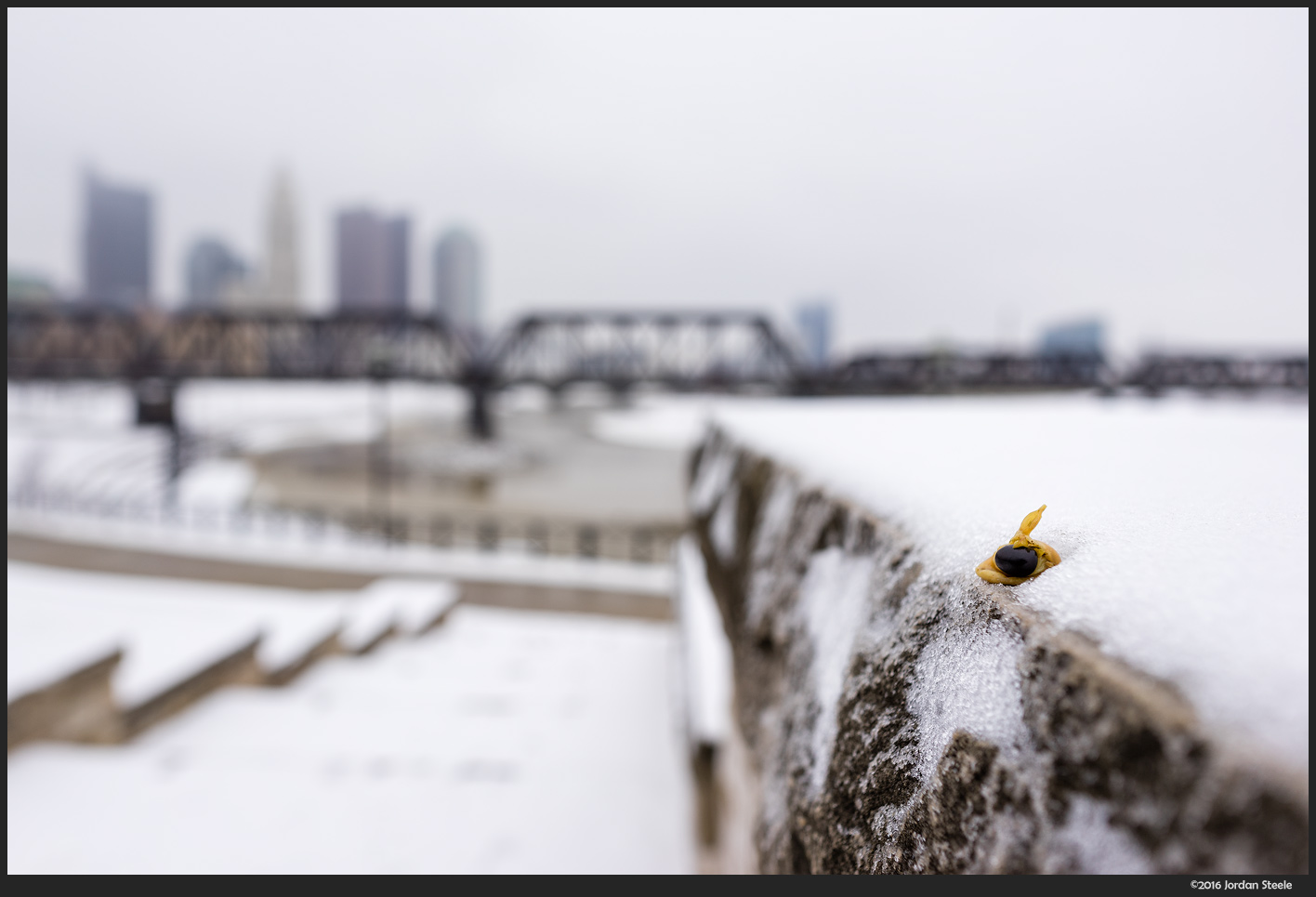
Color, Contrast and Chromatic Aberration
While the sharpness was outstanding, the area where the legendary C/Y 21mm Distagon most excelled was in the exceptional contrast and color that the lens could produce. I’m happy to report that the Loxia 21mm fits that same mold. The Loxia 21mm has exceptional micro-contrast, astounding macro contrast and amazingly rich color. The first shot posted on this page shows all three in their glory. This shot had a minimum of post-processing, with some minor curves adjustment and virtually zero saturation adjustments. If you enlarge that image, you’ll note the astounding micro-contrast in the snow on the left side, while the buildings simply pop. On a few of the other night images in the Image Samples, I actually had to lower saturation, as the default RAW setting looked almost fake. While this won’t be the case with most scenes, you can expect a contrasty, saturated look out of the Loxia 21mm. In my opinion, the images almost leap out at you.
The Loxia 21mm can show some very slight lateral chromatic aberration if you look for it, but overall performance in this regard is excellent for a wide-angle. Longitudinal CA is also not a problem.
Distortion, Flare and Vignetting
The Loxia 21mm performs fairly well with regards to distortion. The native optical properties of the lens show some barrel distortion with a mustache character (barrel in the center, pincushion at the edges), but the lens also has a distortion profile for JPEGs as well as application in most RAW converters. The distortion correction works extremely well, and impact to sharpness is exceptionally minimal. If it helped increase the performance in other areas, I’m more than happy with the tradeoff of some digital distortion correction.
The Loxia 21mm also shows some vignetting at wide apertures that can also be corrected with a profile, though stopped down this mostly disappears. Overall, not much to worry about here.
With flare, the lens itself performs admirably. There is no loss of contrast with bright lights in the frame, including mid-day sun in a clear blue sky. It also produces almost no ghosting whatsoever. However, there is something about the construction of the lens that does cause reflections off the image sensor to be visible in the final images, at least on the A7 II. Going back through all my other images, I was able to spy subtle hints of reflections with a few other lenses, but nothing like the blatant ones present with the Loxia. The original A7 had a fairly major issue with sensor reflections, and the Mark II tempered that quite a bit. However the Loxia brings out the worst in the A7 II with regards to sensor reflection, so if using it on that body (or the original A7 or A7R), you’ll really want to watch it if the sun is prominent in the frame. From talking with other photographers, the issue is minimal to non-existent on the A7R II. See the shot below for a typical presentation of these sensor reflections
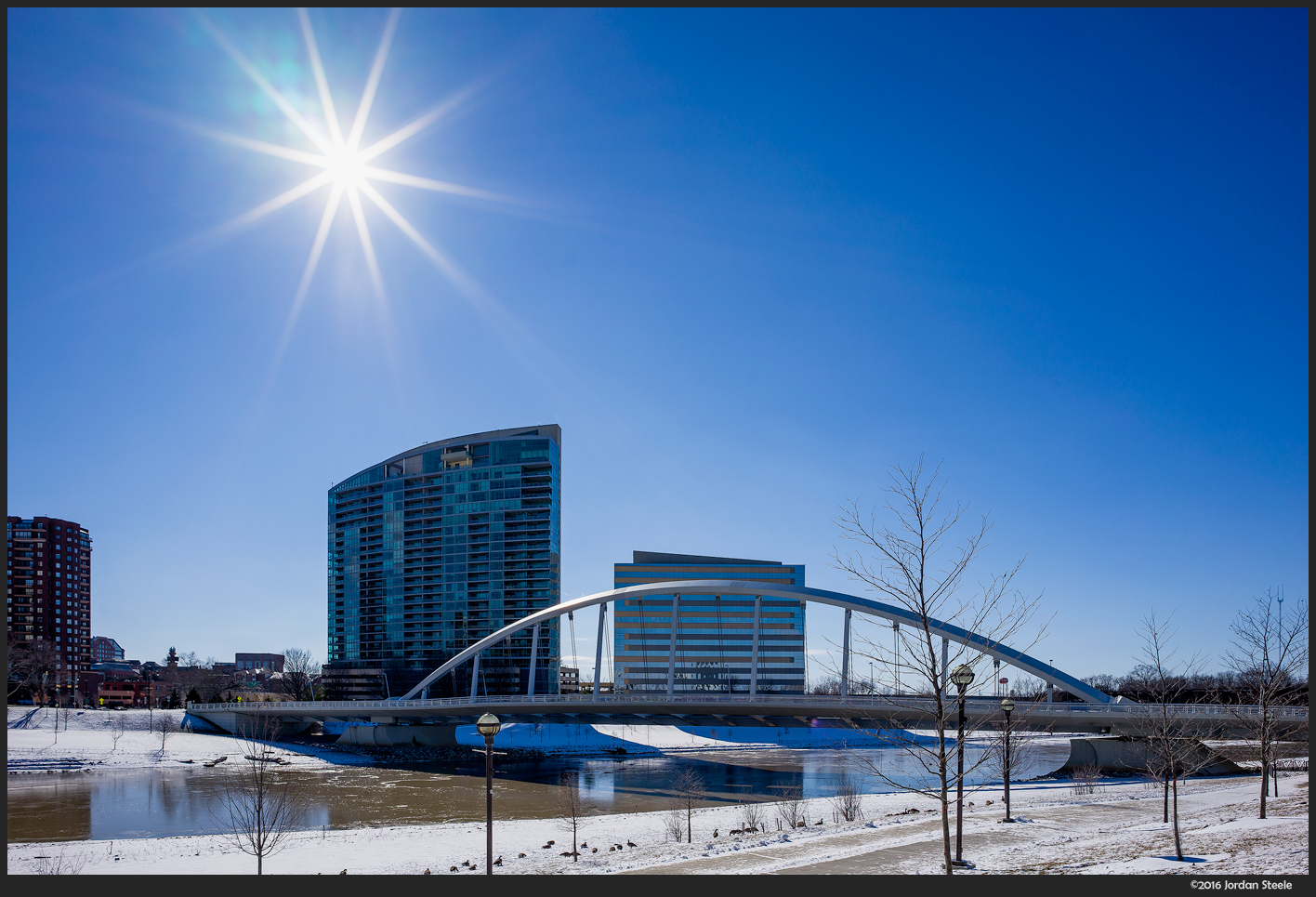
You’ll also notice in the shot above and in the night shots, that the Loxia 21mm also produces rather spectacular stars with point light sources. Some people don’t like sunstars, but I think they look rather cool if they are presented nicely, and the Loxia 21mm does so. Its 10 bladed aperture produces stars with 10 points that show very defined spokes from light sources, even wide open (the aperture blades never fully open to a circle). If you like sunstars, you’ll really like the Loxia 21mm. If you hate sun stars, you may want to look at other options.
In all, the optical performance of the lens is simply phenomenal.


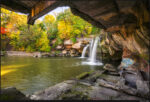

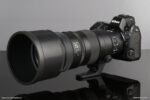
Leave a Reply